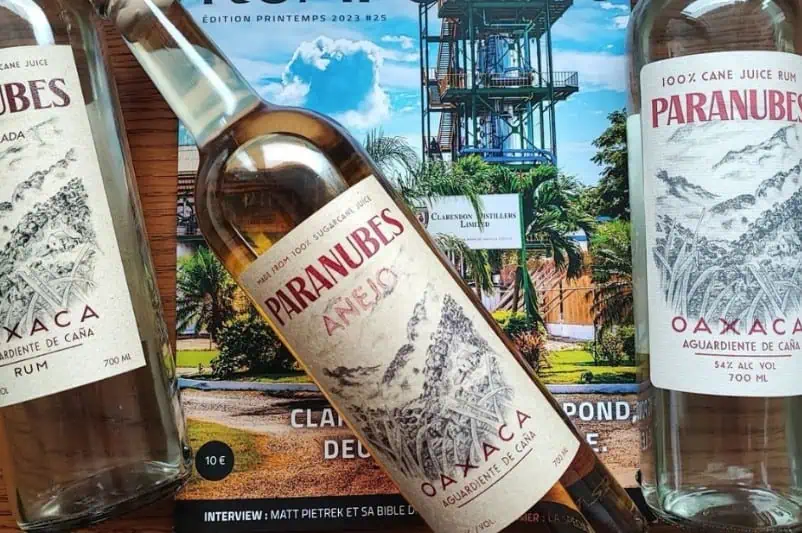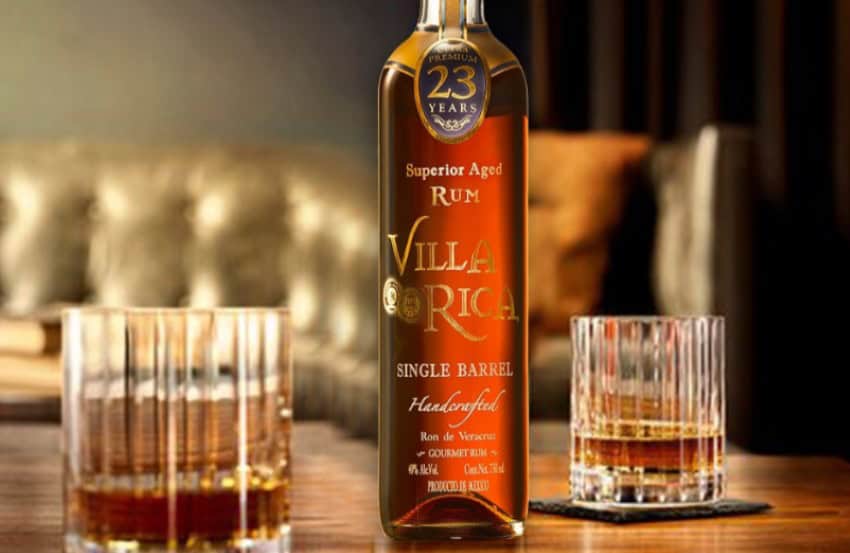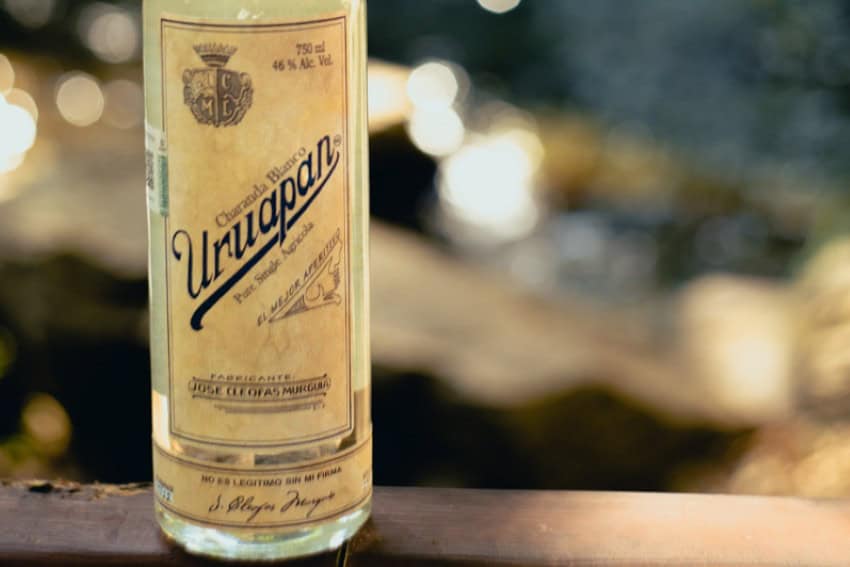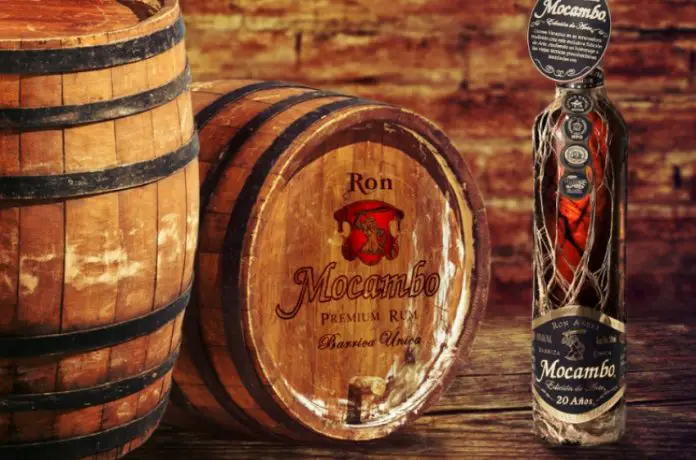Mexican-made rums will likely never be as popular as the country’s tequila and mezcal. But it’s not quality that’s holding them back. Despite an underappreciated reputation for producing sugar cane-based spirits, Mexico has a long tradition of making rum and its country cousin, aguardiente de caña, and its best are as good as those found anywhere in the world.
Why do so few people seem to know this? History has something to do with it, thanks to a prohibition during the 18th century that drove rum production underground.

The history of rum prohibition in Mexico
It all started with a rum-like spirit called chiringuito, made in Mexico but bound for Spain as part of colonial trade. Chiringuito was not a rum properly speaking, as it was not made using molasses, making it closer to aguardiente. Sweet raisin wines were being shipped to Mexico aboard Spanish galleons, and rather than having the barrels sent back empty on the return trip, they were instead filled with chiringuito.
It was an efficient solution with unexpected flavor consequences when the rum soaked up some of the raisin flavors from wines previously in the barrels. This unique-tasting spirit was a hit with the Spanish populace, so much so that King Felipe V would eventually ban it circa 1700. The ostensible reason was the threat chiringuito posed to Spanish wine and brandy interests, but public drunkenness and debauchery from the liquor also seemed to be an issue.
The prohibition didn’t stop people from making rum in Mexico, but it did force producers to get creative to avoid detection by authorities. Thus, during the 18th century, it was largely made in small-scale batches in kitchens, mostly by women. This era is remembered today by El Ron Prohibido, a brand first released in 2013 by the makers of Tequila Corralejo. It’s aged for up to 15 years using the Spanish solera system associated with sherry — and yes, the raisin flavor is still in evidence for this rum, along with notes of walnut, vanilla, butter and coffee.
How rum production ramped back up again
As a result of the prohibition and its aftermath, it was a long time before rum was made on a large scale again in Mexico. It wouldn’t happen again until the colonial period was over and the country had won her independence — and even then it took a boost from a foreign rum maker to bring the industry back to life. In 1931 Bacardi, the then-Cuba-based rum giant, opened its first international distillery in Mexico to help meet popular demand. It’s still open today, although the location has moved several times. Originally based in Mexico City, production shifted to Puebla in 1952, then to Tultitlán in México state in 1959.

Bacardi’s arrival seemed to act as a spur for homegrown Mexican rum makers. Ron Huasteco Potosí began distilling in Ciudad Valles, San Luis Potosí in 1938. This rum brand was among the first to achieve widespread popularity in Mexico — 120,000 liters a week were bottled at its peak in the 1960s — and to garner international attention for its exceptional quality. Ron La Gloria followed in 1949 and helped establish Veracruz as one of the leading centers for modern Mexican rums.
The three regional centers of modern Mexican rum production
There are now three regional hotspots for rum in Mexico: Michoacán, Oaxaca and Veracruz. However, it bears noting that these liquors are distilled using different methods and sometimes different names (like aguardiente de caña). But all are members of the rum family in that they are made from fermented sugar cane products and distilled to 37.5-40% alcohol by volume (ABV) or higher — the European Union and U.S. minimums, respectively.
Veracruz
Licores Veracruz has helped raise the profile of the nation’s rums with its superb examples of extensively aged añejos. Villa Rica is the most famous of these. This 23-year-old single-barrel expression has been lauded as one of the best rums in the world, being singled out by the International Taste Institute in 2020 after a blind tasting from some 200 chefs and sommeliers. However, the 20-year-old Mocambo has also been lauded for its quality.
The Villanueva family, originally from Galicia, Spain, is responsible for these treasures. They’ve been making rums under the Licores Veracruz brand for over 60 years, using sugar cane sourced from nearly a dozen regional mills. Ron La Gloria, an early pioneer in Veracruz, also continues to produce high-quality añejo rums.
Michoacán

Charanda is the only Mexican rum with a government-certified denomination of origin, with 16 municipalities in Michoacán boasting the proper conditions to make it. These conditions include high altitude, rising up to 12,600 feet. The soil, however, gives the regional sugarcane its distinctive character and the spirit its unusual name — ”charanda” is the Purépecha word for red soil and the name of the mountain in Uruapan on whose foothills the liquor was first distilled.
Sugarcane has been grown in the state since 1550, but the first evidence of Charanda making wasn’t documented until sometime during the mid-19th century. Founded in 1907, Charanda Uruapan was an early specialist and remains one of the benchmark brands. Its rums, like all those from the state, are double-distilled, either from molasses or fermented fresh-pressed sugarcane juice.
Oaxaca
Similar to Charanda, but unlike rums from Veracruz, those produced in Oaxaca are mostly unaged. The regional style resembles cachaça in Brazil or Caribbean rhum agricole, meaning it originates from fresh-pressed sugar cane juice rather than molasses. These rums are made in the mountains, typically by small-batch producers. José Luís Carrera, for instance, distills his potent 54% ABV Paranubes brand rum from cane grown in the cloud forest of the Sierra Mazateca.
The quality of the rums currently being made in these three areas has led many to suggest a rum revival in the offing, a sales boom like those that have helped to lift all boats in the tequila and mezcal categories in recent years. Whether that happens or it doesn’t, Mexico’s rums are among the best values available. Compared to premium examples of tequila they’re a veritable bargain — at least domestically. Villa Rica sells for a little over US $30 US, while Charanda Azul Uruapan can be purchased for $33 per bottle and Paranubes goes for $37.
Chris Sands is the Cabo San Lucas local expert for the USA Today travel website 10 Best, writer of Fodor’s Los Cabos travel guidebook, and a contributor to numerous websites and publications, including Tasting Table, Marriott Bonvoy Traveler, Forbes Travel Guide, Porthole Cruise, Cabo Living and Mexico News Daily. His specialty is travel-related content and lifestyle features focused on food, wine and golf.
